Archaeological Institute of America
Deadline: November 1, 2025
Announced: By March 1
Amount: up to $4,500
Purpose: The Julie Herzig Desnick Endowment provides grants to archaeologists to start new archaeological survey projects. The awards are intended for projects involving field survey on the ground or a combination of field survey and remote sensing methods, rather than those based entirely on satellite imagery or other remote sensing data. Geophysical survey projects are also eligible. While all are encouraged to apply, preference will be given to archaeologists at an early stage in their careers (within 8 years of the receipt of the PhD).
Projects may concern any location in the world and any time period. Each project should make innovative use of technology, and the fieldwork proposed should be designed to address important questions about the human past.
Requirements:
Review the Follow-Up Check List for previous winners.
The AIA welcomes applicants of all backgrounds and is committed to equal opportunity for all. Under no circumstances will the AIA discriminate against qualified individuals on the basis of race, color, religious creed, retaliation, national origin, ancestry, sexual orientation, gender, disability, mental illness, genetics, marital status, age, veteran status, or any other basis prohibited under applicable law.
As part of the Archaeological Institute of America’s ongoing commitment to fieldwork and families, reasonable line items for the care of dependent and elderly family members are allowable expenses for AIA grants, fellowships, and scholarships.
Proposals will be reviewed according to the following criteria (roughly in this order of importance):
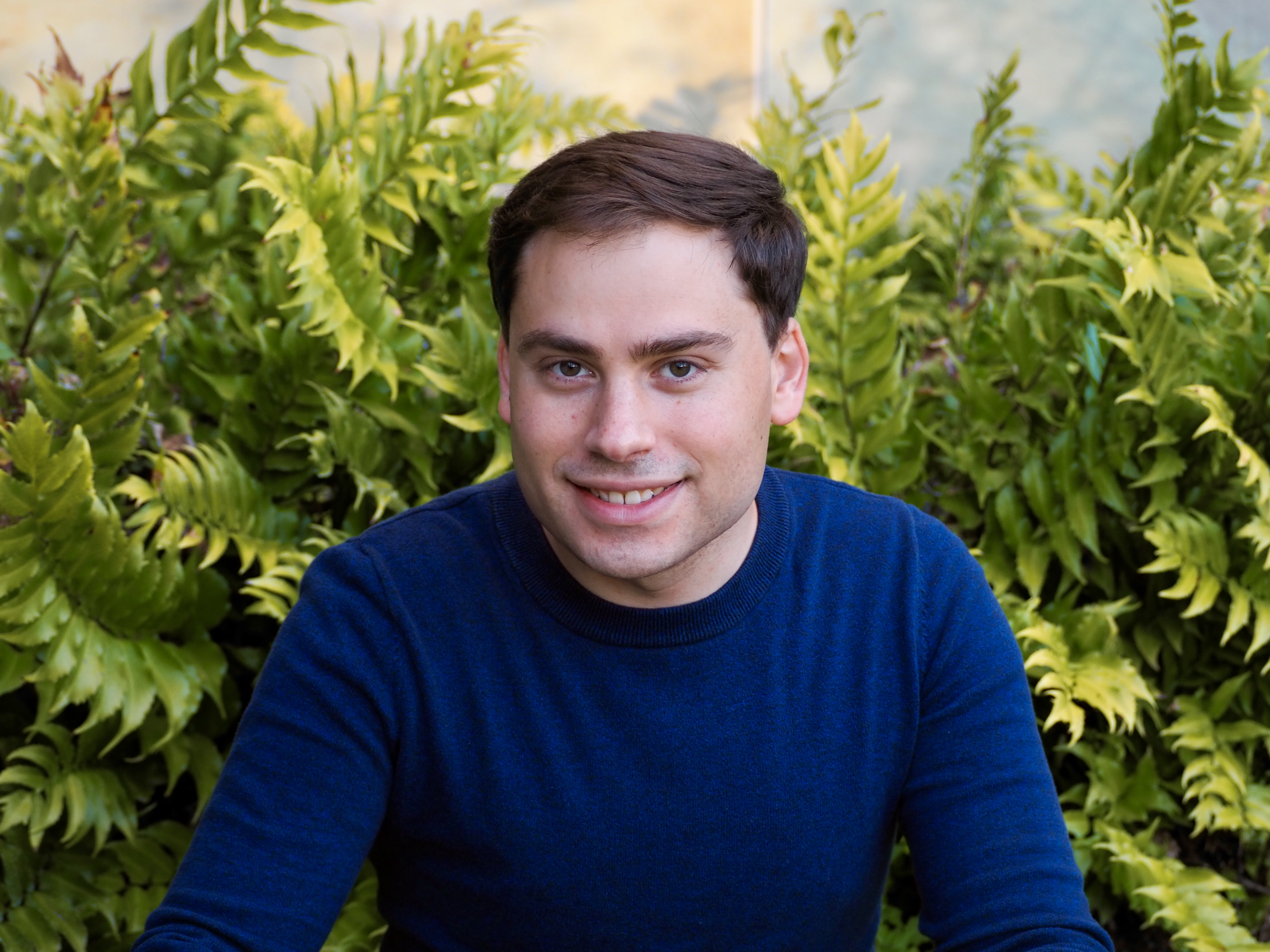
2025
Indiana University, Bloomington
Dr. Kevin Ennis is the Co-Director of the Khora of Archaic Morgantina Project (KAMP), located in Aidone, Sicily. KAMP aims to gain new insights into the lives of indigenous Sicilian communities by studying an 8th-5th century BCE village situated along the Gornalunga River, just outside the ancient city of Morgantina. This summer, with funds from the Julie Herzig Desnick Endowment for Archaeological Field Surveys, Dr. Ennis and his colleagues will use remote sensing, both ground-penetrating radar and magnetometry, to determine the boundaries of this new site and identify areas of interest for future excavation. This grant-funded project offers a unique opportunity to take the first step towards creating a robust data set about a non-elite settlement at a moment of profound transition defined by colonization, connectivity, and local resistance.
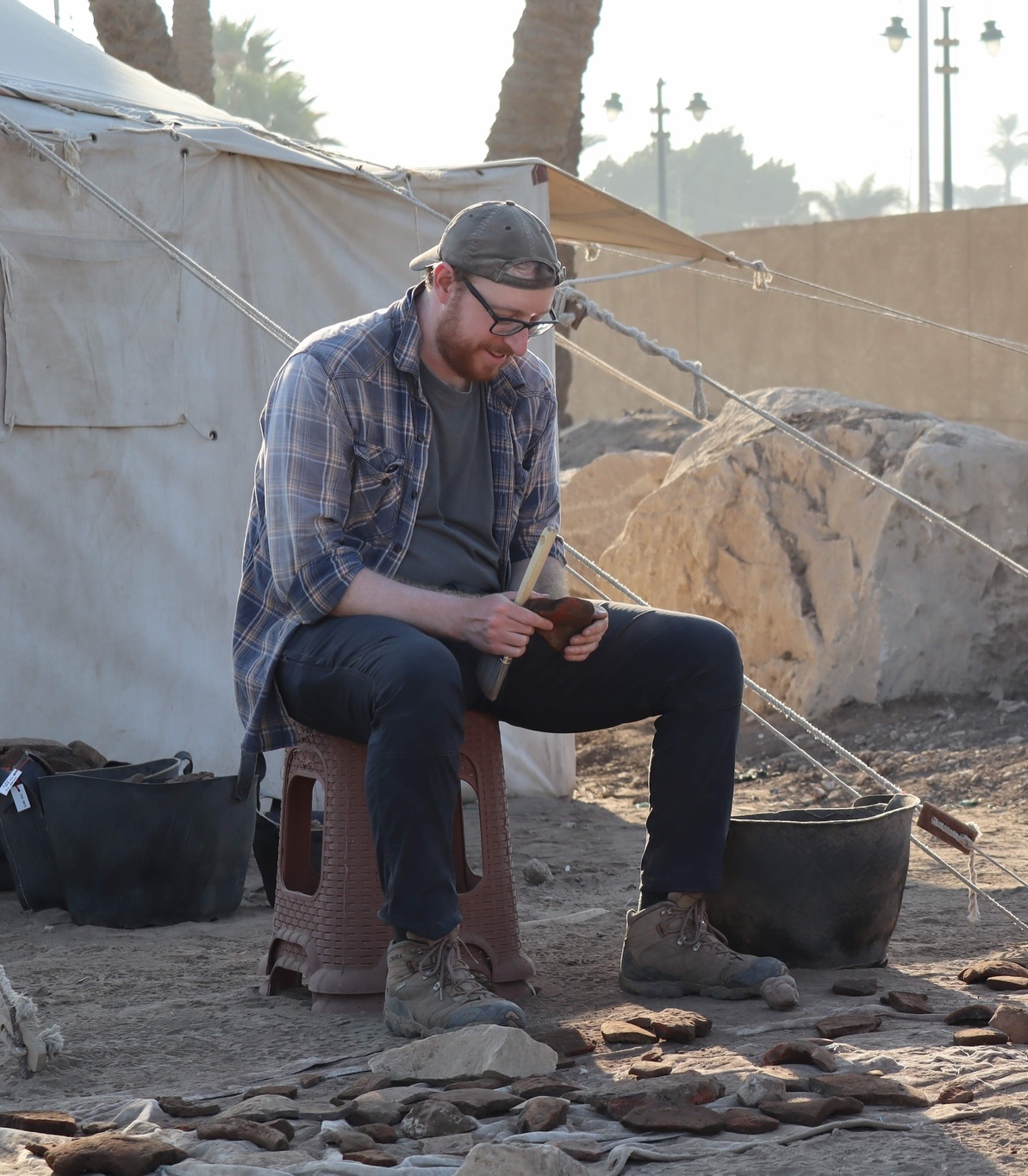
2024
Portland State University
With a 2024 grant from the Julie Herzig Desnick Endowment Fund, Dr. Daniel Plekhov (Portland State University) and his colleagues will begin a survey project in the southern Municipality of Ulqin, Montenegro to investigate long-term changes to population distribution across the area. His team will complete the first comprehensive map of archaeological and historic sites in the municipality. The team will combine cutting edge mapping technologies, such as drone photogrammetry, remote sensing, and terrestrial LiDAR, with surface finds from archaeological sites. During the course of their archaeological survey, Dr. Plekhov and his team expect to document sites from many eras including the early Neolithic, Medieval, and Roman periods as well as physical vestiges of communist Yugoslavia. With this deeper understanding of the landscape, they will ask questions about why the sites are located where they are, how the people living there responded to the changing political forces over time, and how the historical factors might be influencing current trends in the region’s populations.
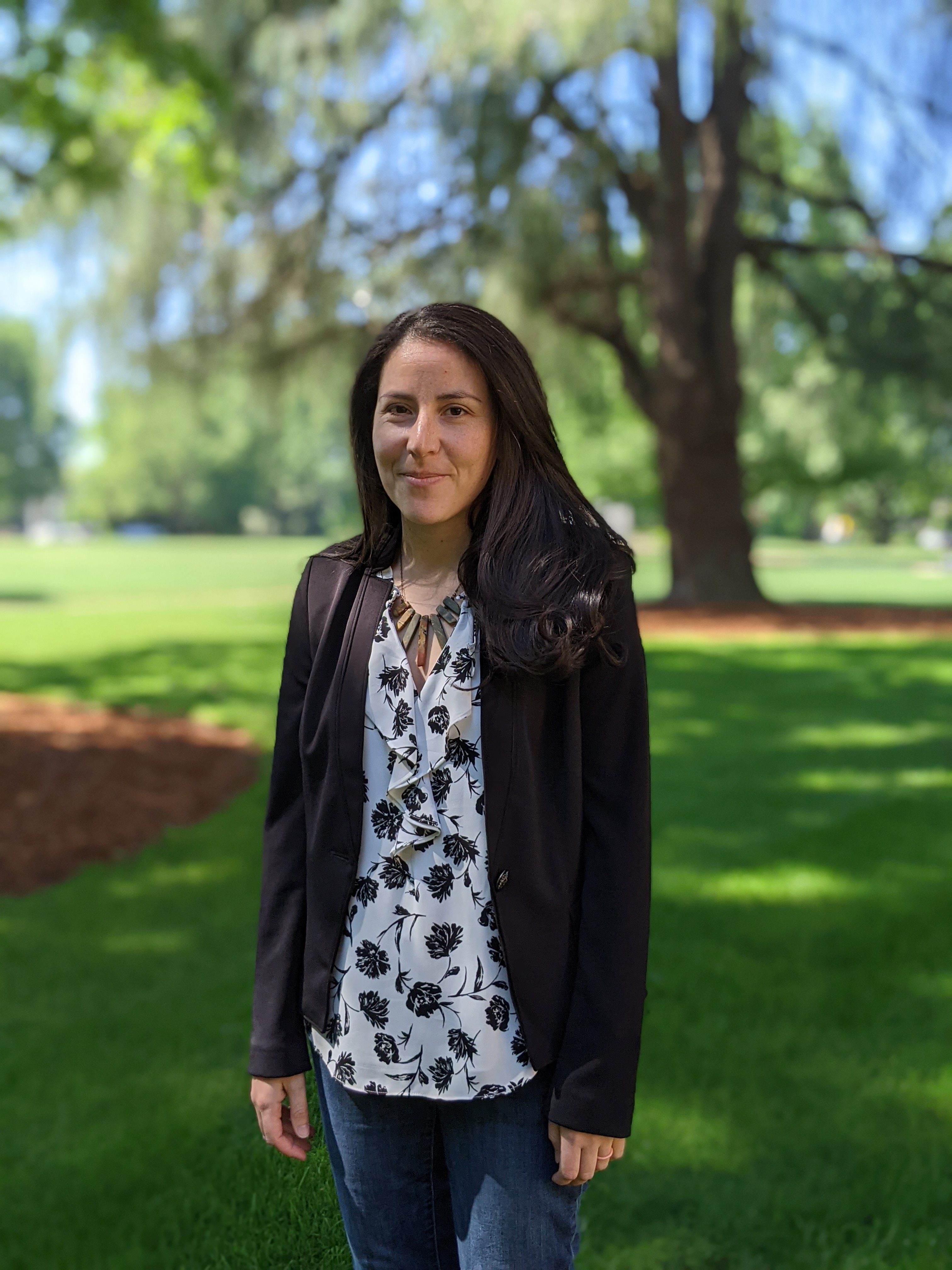
2023
University of Alabama
Rachel Cajigas will use the Julie Herzig Desnick Endowment for Archaeological Field Surveys to fund her project, “Exploring Late Archaic Monumental and Household Architecture within a Landscape of Change”. This project proposes to use various cutting-edge subsurface detection methods and archaeological survey to understand the changing use of the Creighton Island Shell Ring site and the surrounding area. It also proposes to use these methods to locate a previously identified structure which may be the oldest habitation structure in North America. This research will enhance our knowledge of Late Archaic monumental constructions in the Southeast US and their relationship to environmental changes due to sea-level rise during the Late Holocene. This novel research uses cutting-edge technology to identify structures within and around the Creighton Island shell ring site. This project will also provide valuable in-person archaeological field and technology training for undergraduate and graduate students.
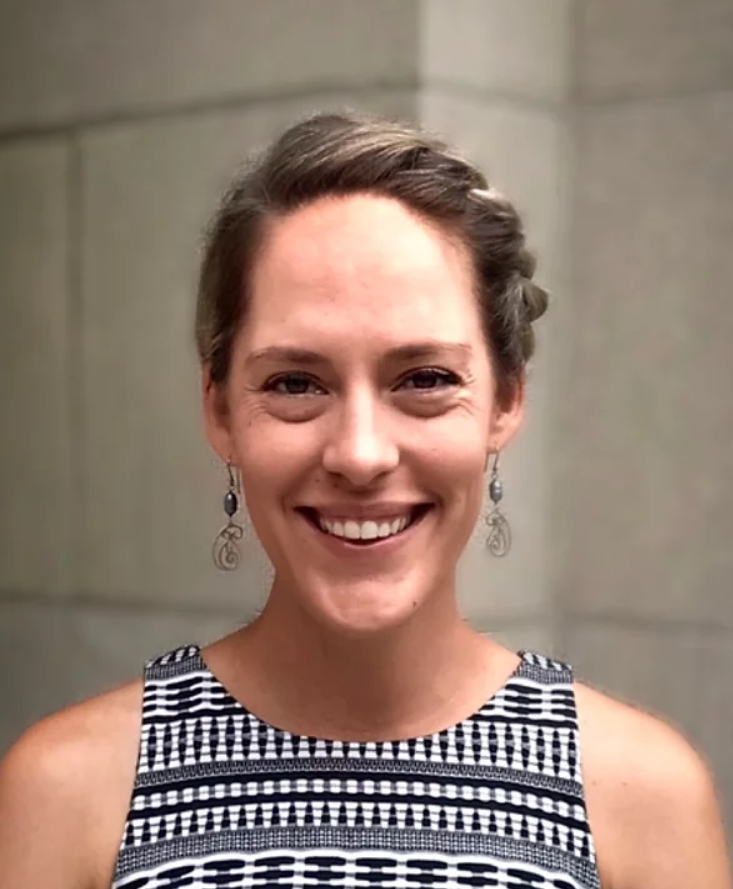
2022
Carleton College
Sarah Kennedy used the Julie Herzig Desnick Endowment for Archaeological Field Surveys to fund her project, Out of the Mine and Into the Furnace: The Ongoing Environmental Impacts of Silver Refining in Peru. The project aimed to establish a rigorous universal survey methodology using portable X-ray fluorescence (pXRF) spectroscopy for the evaluation of heavy metals in archaeological soils; and to track the introduction of mercury amalgamation technology to the silver refining process in Peru during the colonial period (AD 1650-1800).
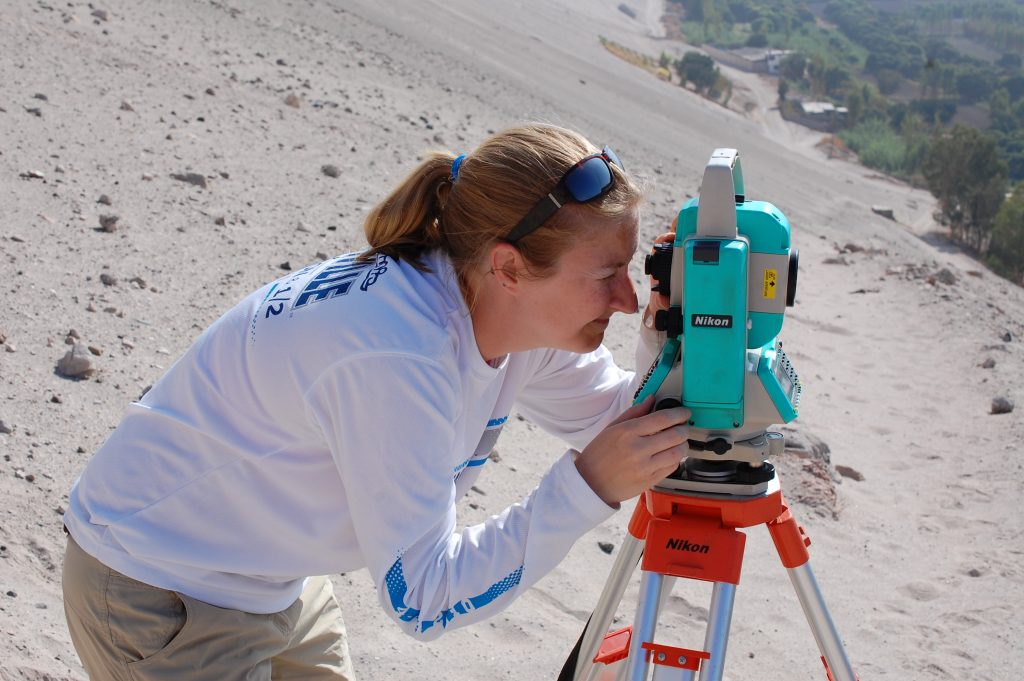
2021
University of California, Merced
Cassandra “Beth” Koontz Scaffidi used the Julie Herzig Desnick Endowment for Archaeological Field Surveys to fund her project, Wari Imperial Expansion and Dissolution: Insights from Pedestrian, UAV, and Isotopic Survey in the Caravelí Valley. The project aimed to examine how the rise and fall of Wari impacted one region in its southern hinterlands, the unstudied Caravelí Valley, Arequipa, Peru.
Read about Cassandra Koontz Scaffidi's experience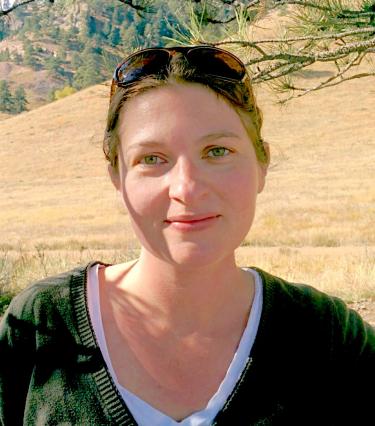
2020
University of Colorado Boulder
Sarah James used the Julie Herzig Desnick Endowment for Archaeological Field Surveys to fund her project, The Brač Island Project. The project aimed to conduct the first season of an intensive pedestrian survey, in conjunction with geophysical work and targeted excavation, focusing on three areas that were located but not investigated 25 years ago on Brač.
Read about Sarah James's experience
2019
University of Toronto
Khaled Abu Jayyab used the Julie Herzig Desnick Endowment for Archaeological Field Surveys to fund his project, an Archaeological Survey in the Middle Kura Valley, Gardabani, Southeastern Georgia. The survey aimed to uncover and document archaeological sites in the region with a special emphasis on the Neolithic (6000-5000 BC) and Chalcolithic (5000-3500 BC) landscapes and settlement systems.
Read about Khaled Abu Jayyab's experience
2018
University of Texas at San Antonio
Jessica Nowlin used the Julie Herzig Desnick Endowment for Archaeological Field Surveys to fund her project, the Sinis Archaeological Project. The Sinis Archaeological Project aimed to understand the diverse social and environmental factors impacting resource extraction, settlement patterns, and colonial interactions in west-central Sardinia in the 1st millennium BCE through late antiquity.
Read about Jessica Nowlin's experience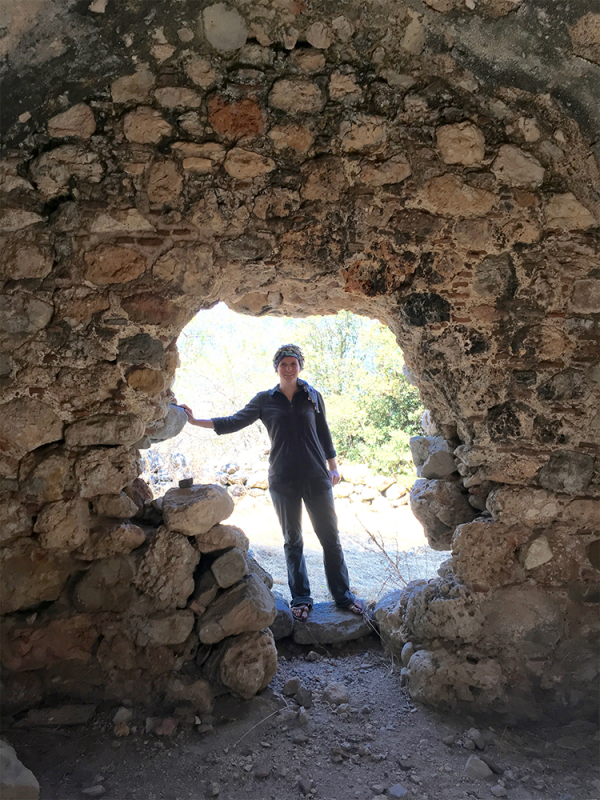
2017
Florida State University
Sarah Craft used the Julie Herzig Desnick Endowment for Archaeological Field Surveys to fund her project, the Timok Region Archaeological Project (TRAP). The Timok Regional Archaeological Project sought to situate the Roman imperial palace of Felix Romuliana within a broader geographical and diachronic understanding of the landscape beyond its walls.
Read about Sarah Craft's experienceNotifications